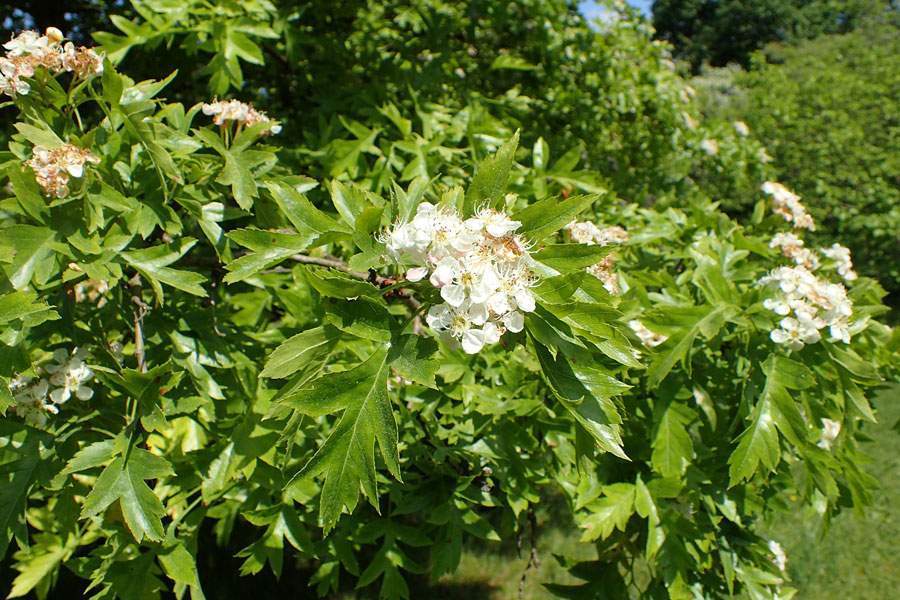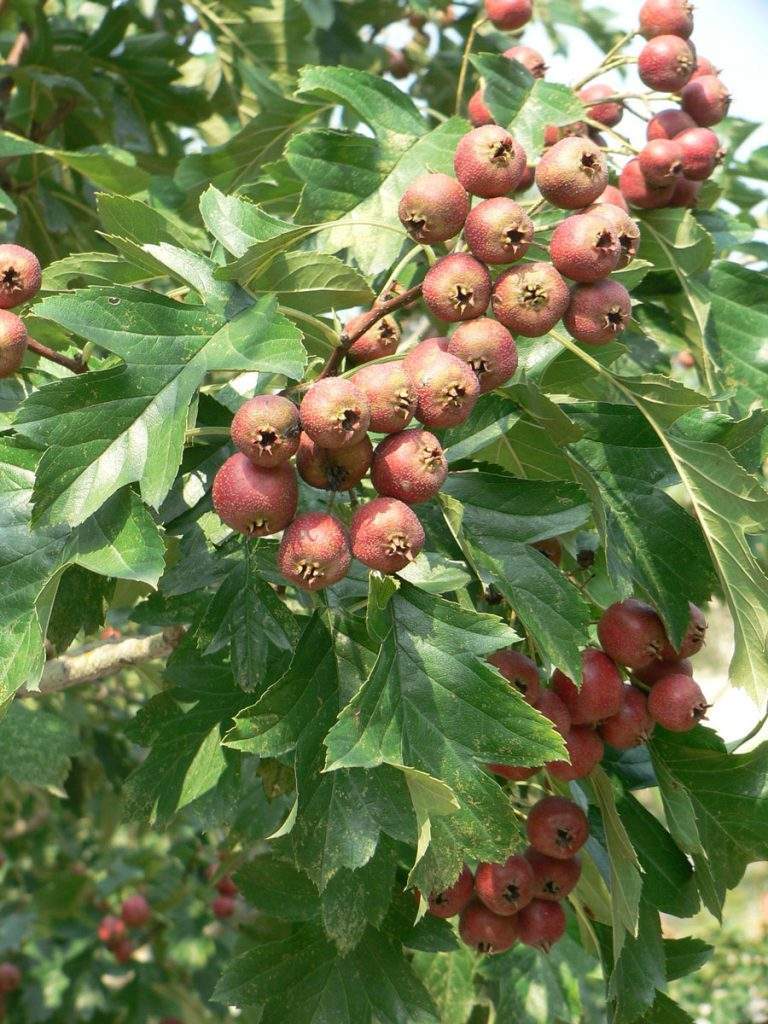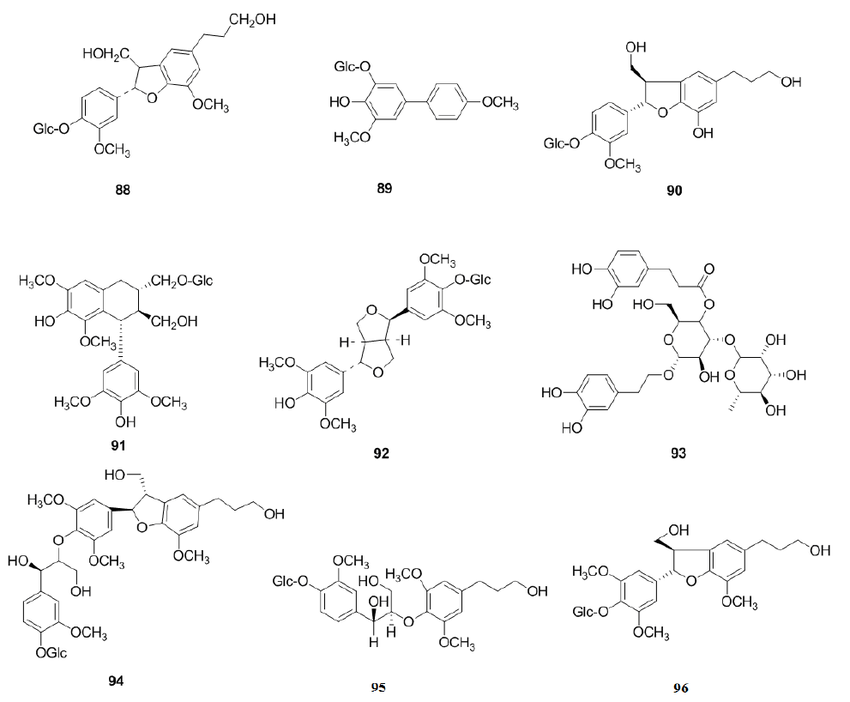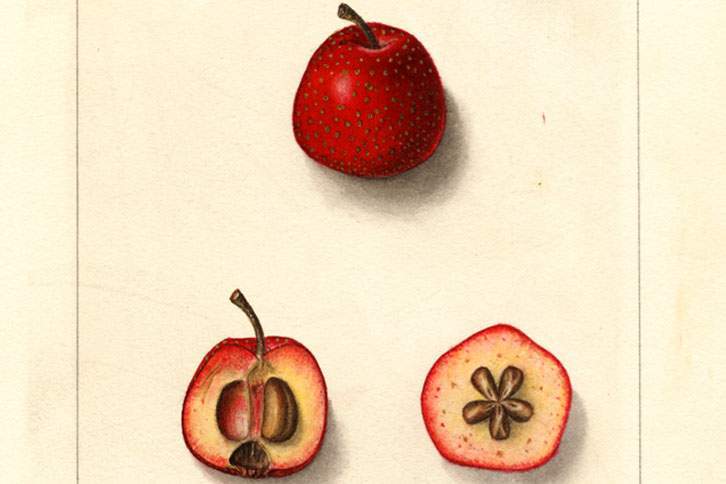Hawthorn Berry Benefits
Although Hawthorn is a widely used folk ingredient, it’s only now beginning to gain popularity in North America has an herbal remedy. Hawthorn berries are loaded with nutrition and even scientists have been interested in better understanding their benefits.
Crataegus Genus
The plant is native in many areas of the Northern Hemisphere where the climate is temperate. Hawthorn is one of the many names for the crataegus genus, which contains hundreds of different species of flowering and fruit bearing plants. Crataegus in in the Rosaceae family, making it a cousin to roses and raspberries.
The resemblance of rose and crataegus is easy to see when comparing the fruits of both plants. The deep red berries found on hawthorns look just like Cherokee rose seeds. Hawthorns are small shrubs with triangular leaves and white flowers that resemble cherry blossoms.
Hawthorns are hardy in cold weather and begin their fruiting season in fall. During cold months, birds love to eat the berries. The flowers of hawthorn feed insects that live off of nectar, like hummingbird moth caterpillars.
Crataegus is so ubiquitous that many different cultures have used it for decorative shrubbery as well as a source of food. Different parts of the world have their own version of foods made from the berries of hawthorn.


Hawthorn Berry Treats
Hawthorn berries have a tart and slightly sweet flavor. The bit of tart and sour make the berries perfect for sweet treats and candies. In Iran, hawthorn is used in jams, and sometimes eaten raw. One Persian snack that is still popular with children today are fruit rolls made from candied hawthorn. Hawthorn berries are also used as a jam in Mexico, made into candies called rielitos, and added to punch for Christmas time. In the UK, the fruits were used to make wine and of course, jelly.


Haweaters
Manitoulin Island, located in the center of Lake Huron, Ontario is another area where species of hawthorn are native.
In the 1860’s when non-native people began to inhabit the island, the Ojibwe natives recommended hawthorn berries to prevent illness during the long and harsh winters.
Hawthorn was used as a main source of vitamin C to prevent scurvy by both the natives and Europeans.
Those born on the island, even today, are called Haweaters because of the tradition of eating haw berries.
Hawthorn as Food in Asia
In Asia, Hawthorn is very popular, and the main species used is crataegus pinnatifida. It’s common to find drinks made from the fruit in China and South Korea, including alcoholic beverages. Hawthorn can be added to food as is also commonly used in candies or other sweet treats as seen in other cultures
Hawthorn Berry in Traditional Chinese Herbalism
Hawthorn berries are called Shānzhā (山查) in Chinese. Shānzhā is used to soothe digestive issues in traditional Chinese Herbalism. As a warming herb, hawthorn can help people with excess Yin energy. It’s categorized as a sweet herb, making it useful for replenishing Blood and Qi in the body.
In Traditional Chinese Medicine, all herbs are associated with specific organs and energy centers (called meridians) according to their flavor profile. Hawthorn is interesting because it can have effects on a few different organs. It’s associated with the liver, spleen, and the heart.


Digestive Health
Shānzhā also has bitter qualities, making it a great herb to help soothe digestive issues. The astringent quality of bitter herbs in TCM are important for preventing stagnation in the stomach, and all the way through the digestive tract.
One reason that hawthorn berries remain such a popular drink ingredient, especially in tea, is because of this stomach soothing quality. A cup of hawthorn tea after meals is an excellent way to keep the digestive tract running well.
Hawthorn Berry Nutrition
With many traditional herb species, scientists are interested in why certain plants have persisted over centuries as health remedies. They want to understand why certain herbs seem to have beneficial health properties and they do it by looking at the chemical makeup of the plants. There are many still undiscovered chemical compounds from the plant world, so the study of plants is still very important even today.
It’s wide use as a food and a source of life saving food for people in history that the hawthorn berry implies that the fruit has benefits for nutrition, but what does the science show?
Crataegus Pinnatifida’s Chemical Constituents
Hundreds of research articles and papers on the different species within in the crataegus genus exist, because of the plants distribution and uses across the world.
We will be focusing on the crataegus pinnatifida species, the one which is most widely used in Asia and in traditional Chinese herbalism. Crataegus pinnatifida has an astonishing amount of different chemical compounds found within its fruit. There are many more compounds found in the leaves and seeds of the plant.
[table id=2 /]
Lignans in Hawthorn Berry
A very wide range of lignans can be found in this species of hawthorn. Lignans are a type of polyphenols found in plants and seeds. Lignans are the focus of much research because of their reported benefits for human health.
Crataeguslignan- a Newly Discovered Lignan
Dineolignans are a sub-class of lignans. A new dineolignan named crataeguslignan, which was never seen before in nature, was discovered in the crataegus pinnatifida species. Crataeguslignan was shown to have b-amyloid inhibitory activities.
Amyloids are proteins that naturally exist in the body. People who have certain diseases, such as Alzheimer’s, have high levels of amyloids that seem to build up over time, causing problems. Researchers were particularly interested in crataeguslignan’s ability to fight the buildup of these proteins.
Outside of this discovery from the hawthorn berry, natural compounds derived from plants are widely being studied for their anti-amyloid properties. These compounds may someday be harnessed to create therapies for Alzheimer’s and other diseases..


Sesquineolignans Discovered in Hawthorn Berry
Yet another sub-class of lignans are sesquineolignans. Researchers found three previously undiscovered sesquineolignans found in crataegus pinnatifida named, cratapinnatifidas A-C (1,2, and 3). Other research uncovered another seven types of new sesquineolignans from the seeds of the same species of hawthorn.
Hawthorn Flavonoid Extract Study
Another important compound found in the crataegus pinnatifida species are flavonoids. Researchers created an extract using the flavonoids found in this species of hawthorn. They looked at the compounds effect on the intestinal epithelial barrier which had been exposed to inflammatory proteins.
These proteins, called cytokines, can cause problems in the intestines by disturbing their usual barrier functions. An overabundance of cytokines is found in diseases like inflammatory bowel disease and celiac disease.
The epithelial barrier works by stopping bacteria from entering the intestines and regulating the absorption of nutrients. Cytokine proteins cause the epithelial barrier to malfunction. The flavonoid extract from crataegus pinnatifida helped malfunctioning epithelial barrier cells to function better.
Antioxidant Related Research of Hawthorn Berry
A review of all of the available data on the polyphenolic content of the cratageus pinnefidata summarized the information and health benefits.
Hawthorn is made of many antioxidants type compounds such as procyanidin C1, epicathechin, and isoquesrcitrin. The primary compounds found in the berries consist of procyanidin C1, rutin, procyanidin B2, epicatechin and chlorogenic acid. The antioxidants protect hawthorn plants in the wild and are the main reason that they have so many health benefits for the human body.
Health Benefits of Antioxidants from Hawthorn
Studies have shown that hawthorn had benefits for healthy blood cholesterol levels and cardioprotective properties. The polyphenolic compounds and triterpene acids are the highlighted antioxidants for heart health.
Other benefits that the complex antioxidants of hawthorn include healthy blood sugar levels, benefits for asthma, and even for age defying benefits for skin.
Benefits for Metabolic Syndrome
Metabolic syndrome is a group of different medical conditions that occur at the same time. High blood sugar, hypertension, and obesity that simultaneously occur in a patient are classified as metabolic syndrome.
The prevalence of metabolic syndrome, especially in the United States, is causing a rise in research of different treatments for the condition. Traditional herbal remedies are an area of focus for many of these studies, because they still persist after thousands of years of use.
Hawthorn’s Effects on the Causes of Metabolic Syndrome
Extracts of C. pinnatifida have shown promise in all the main areas that are affected by Metabolic Syndrome. Hawthorn has been shown to support healthy blood sugar levels and offer protection to the heart. It fights high levels of fat in the blood with two of its triterpenic acids, oleanolic acid and ursolic acid. These two triterpenic acids reduce the enzymes that create high cholesterol in the blood bringing them back to healthy levels. Other studies show that hawthorn may also help reduce obesity.
Everyday Benefits of Hawthorn Berry Tea
All the research being conducted on hawthorn berry means that in the future, the plant will continue to be preserved and may even be turned into new treatments and drugs.
Hawthorn berry tea is a great option for anyone looking to support their health in an easy way. Hawthorn tea tastes excellent and can be combined with other teas for their health benefits. We recommend brewing hawthorn berry tea with red sage (salvia militorhiza) tea for as a super blend for heart health and balanced qi.
References:
Bu, X.-L., Rao, P. P., & Wang, Y.-J. (2015). Anti-amyloid Aggregation Activity of Natural Compounds: Implications for Alzheimer’s Drug Discovery. Molecular Neurobiology, 53(6), 3565–3575. https://doi.org/10.1007/s12035-015-9301-4
Cheng, Z.-Y., Lou, L.-L., Yang, P.-Y., Song, X.-Y., Wang, X.-B., Huang, X.-X., & Song, S.-J. (2019). Seven new neuroprotective sesquineolignans isolated from the seeds of Crataegus pinnatifida. Fitoterapia, 133, 225–230. https://doi.org/10.1016/j.fitote.2019.01.008
Liu, F., Zhang, X., & Ji, Y. (2020). Total Flavonoid Extract from Hawthorn (Crataegus pinnatifida) Improves Inflammatory Cytokines-Evoked Epithelial Barrier Deficit. Medical Science Monitor, 26. https://doi.org/10.12659/msm.920170
Pandey, K. B., & Rizvi, S. I. (2009). Plant polyphenols as dietary antioxidants in human health and disease. Oxidative medicine and cellular longevity, 2(5), 270–278. https://doi.org/10.4161/oxim.2.5.9498
Wu, P., Li, F., Zhang, J., Yang, B., Ji, Z., & Chen, W. (2017). Phytochemical compositions of extract from peel of hawthorn fruit, and its antioxidant capacity, cell growth inhibition, and acetylcholinesterase inhibitory activity. BMC complementary and alternative medicine, 17(1), 151. https://doi.org/10.1186/s12906-017-1662-y
Dehghani, S., Mehri, S., & Hosseinzadeh, H. (2019). The effects of Crataegus pinnatifida (Chinese hawthorn) on metabolic syndrome: A review. Iranian journal of basic medical sciences, 22(5), 460–468. https://doi.org/10.22038/IJBMS.2019.31964.7678





